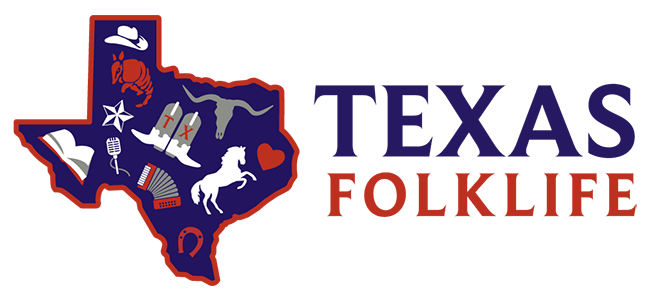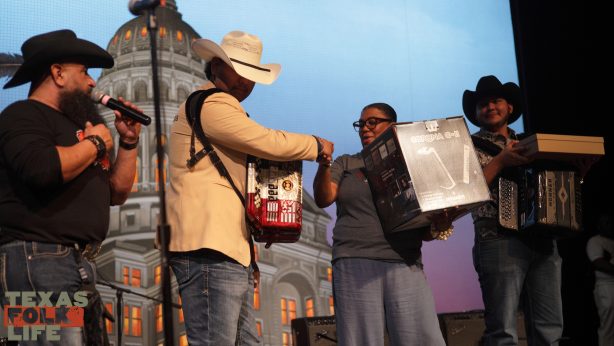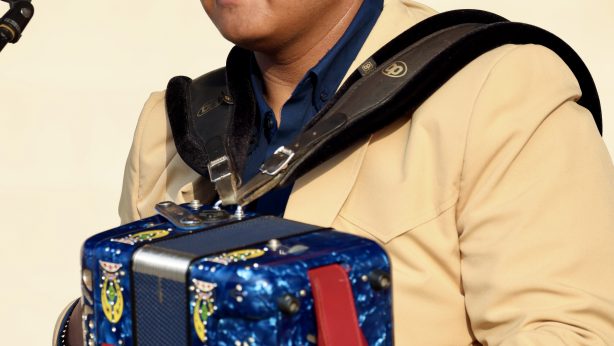
The Shared Memory of Kenyan Food
By Imgard Khosravi
I have a memory of my grandmother’s compound in Kenya, where the grass was covered in dew that sparkled like fragments of mirrors in the sun. The sounds of the animals filled the air: the hens clucked, the sheep bleated, the birds cooed, and the cows mooed. I can still remember the smell of the damp soil and the rough sand under my feet, where I learned about the land, food, and culture. Through food, I learned about my family’s history, gaining a glimpse of our past and the hope of our future.
My grandmother’s kitchen was both chaotic and organized. The sheep and chickens slept in one corner, and closer to the door were three stones where my grandmother cooked. The dry firewood was always close by, and I was excited to fetch more. The crackle of dry wood and brittle sticks made a good fire. I understood where my food came from.
My grandfather would often point out how the land was portioned and who owned what, so I learned about our family and what everyone was growing. Growing up in that context and then immigrating to the United States was a big culture shock. As I delved into the Texas Folklife Project, I wanted to understand the intersection of Kenyan food and immigration and how it is tied to our homeland.
The food culture in the United States is different from what I am used to. There is no ancestral connection to the land we live in, and the food culture is different from the one I grew up with.
As I embarked on this journey, I realized that to understand Kenyan food, I had to learn the history of Kenyan food which encompasses different cultures. Through influences from the Arabs, Portuguese, British, and Indians, Kenyan food tells a story of invasion, trade, migration, and colonialism.
Before colonization, different communities in Kenya had their food practices. For instance, the Luo community in Kenya consumed sorghum, finger millet, and fish due to their proximity to Lake Victoria. There is a lot more context to explore when it comes to Kenyan food. However, if we are not careful, especially those of us in the diaspora, we will lose that history. The following segment from Micere Githae Mugo’s poem “Where are those Songs?” resonates with me as I tell the story of Kenyan food culture and why it is important:
Where are those songs
my mother and yours
always sang
fitting rhythms
to the whole
vast span of life?
What was it again
they sang
harvesting maize, threshing millet, storing the grain…
What did they sing
bathing us, rocking us to sleep…
and the one they sang
stirring the pot
(swallowed in parts by choking smoke?)
What was it……….
So, what have I learned through this storytelling journey with Texas Folklife? It is important to tell the Kenyan immigrant story of how our food connects us to our home. How we have found ways to adapt and how slowly we are influencing the food culture in America. We live in a globalized world where we easily share stories, and we find out that we are not that different when it comes to food. We might have the same ingredients and spices but have a different way of cooking our meals. Our practices at the table are similar; we gather, share laughter, and embrace each other in appreciation of our shared meals.
Although my children may not experience my journey with my grandparents, those memories are vivid in my mind and I hope to pass them down to them. My story is crucial to our shared experience.
Chimamanda Adichie, in her 2009 speech titled “The Danger of A Single Story” at TED Global said the following:
“Stories matter. Many stories matter. Stories have been used to dispossess and to malign, but stories can also be used to empower and to humanize. Stories can break the dignity of a people, but stories can also repair that broken dignity.”









